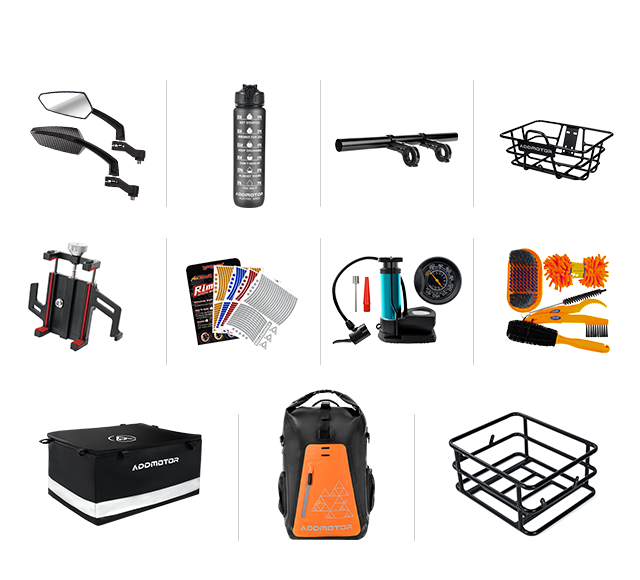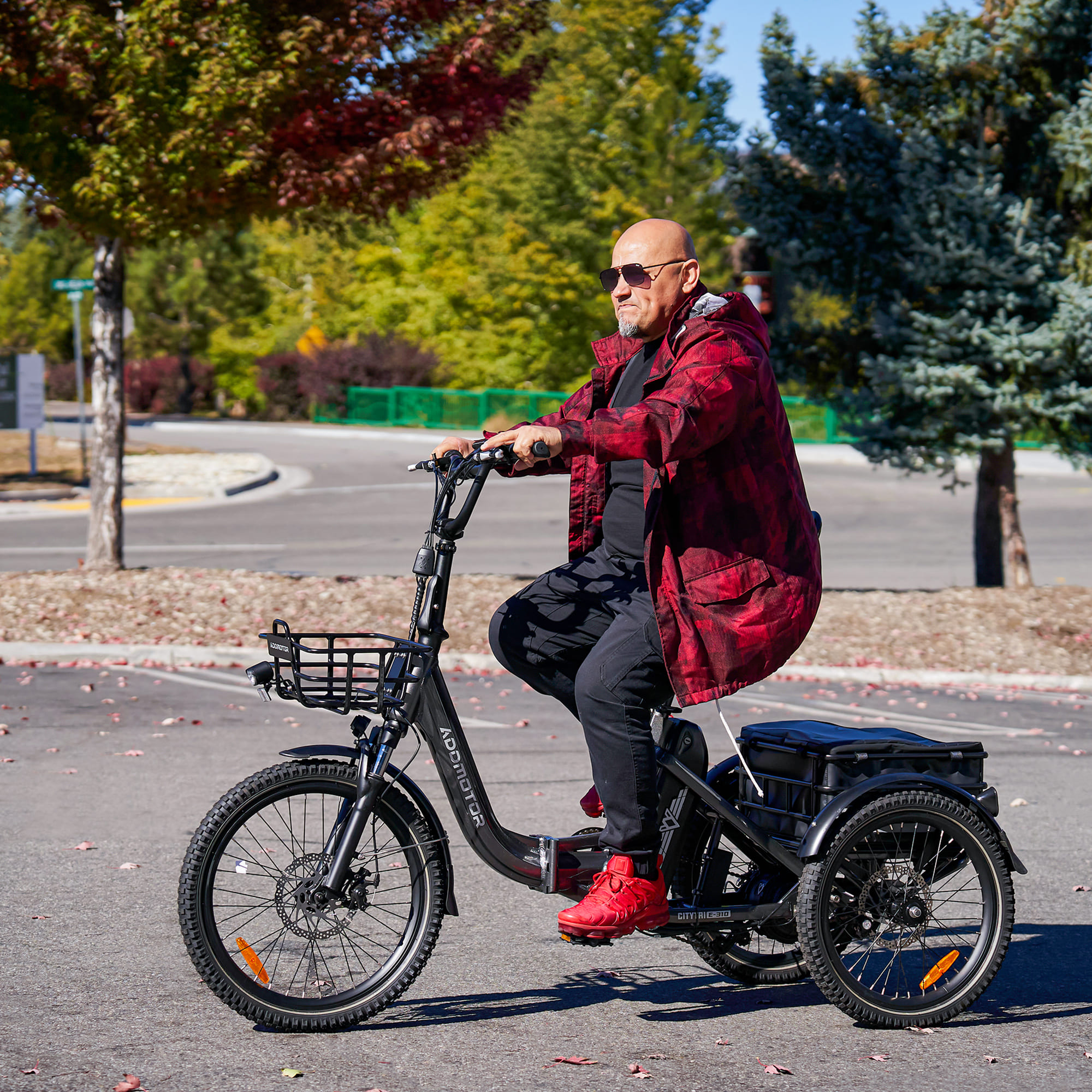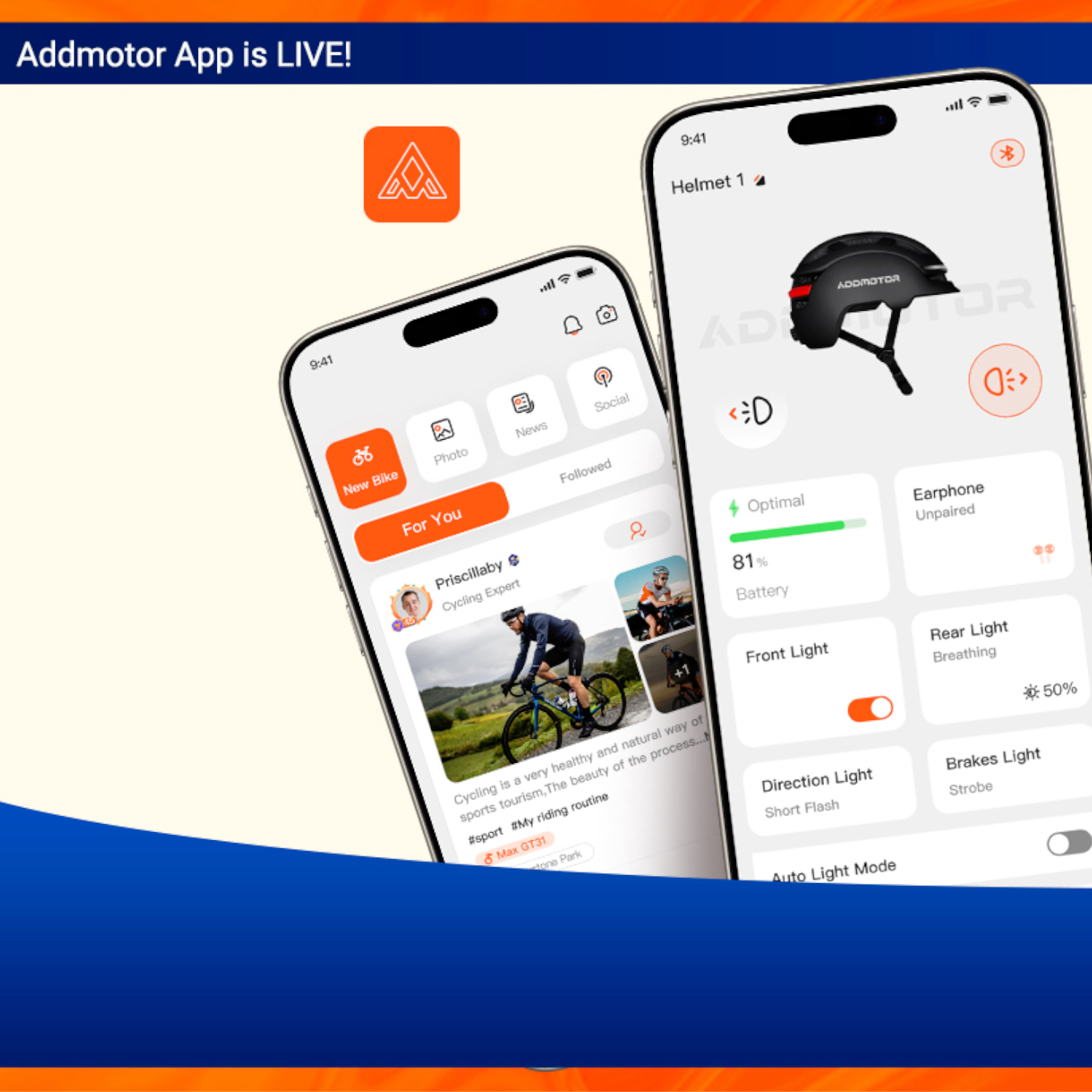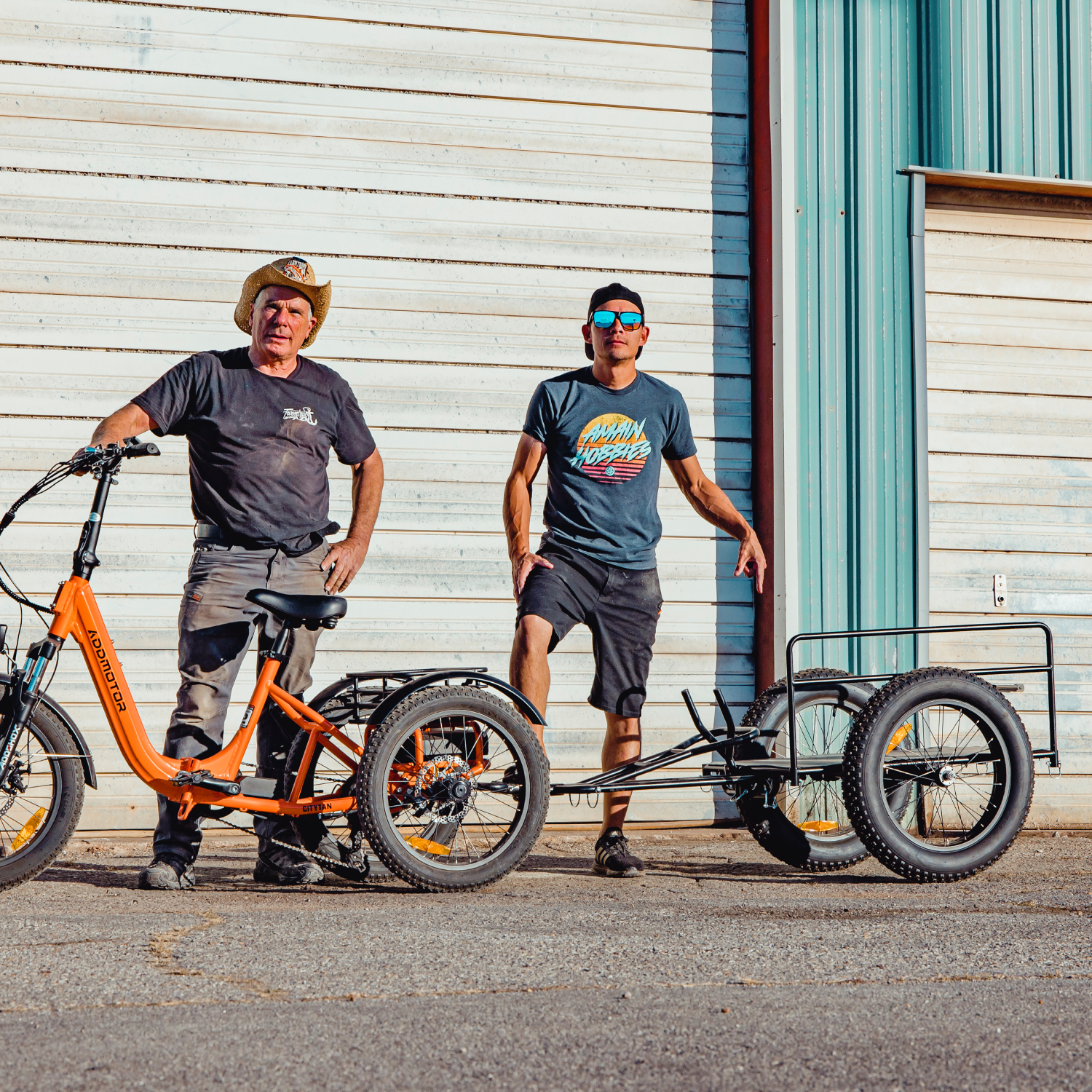Ease of access for E-trikes
By Addmotor | 09 December 2022 | 0 Comments
Electric bicycles are becoming more popular and so are the electric trikes, which makes understanding their regulations more vital than ever. Electric trikes law is different depending on where you reside, and some of these regulations are still in the works. Several governments throughout the world have yet to develop legislation controlling these sorts of motorcycles. For example, E-trikes were just recently permitted in New York City, and the city's policies are still evolving.
How does a country determine whether or not to enact a certain electric bike or trike law? It would make more sense if all countries followed the same rules and regulations. This, however, is not the case. There are several causes for this. The fundamental reason for this is that various cultures and countries have different perspectives on bicycles. In the United States, for example, bicycles are frequently seen as exercise instruments. Bicycles are often viewed as a mode of mobility in Europe.
But in the case of a tricycle, the regulations for the specific mode of transportation are dependent on the size of the vehicle. As the wheelbase resembles many motor vehicles so the laws could be somewhat similar to those in the MV act of the specific country. But looking from the perspective of a trike law, tricycles are no different from them, an addition of a motor and a battery would make them come under the e-trike laws.
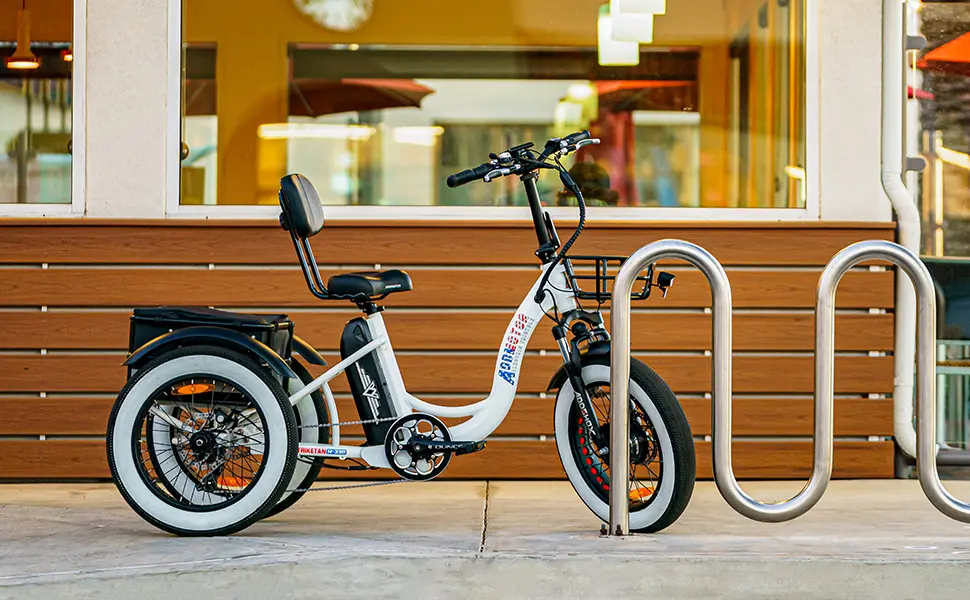
Different classes of bikes and trikes are there. The rules for each of those are dependent on those classes. Starting with the,
Class 1: This is the most permissive class, and e-trikes are permitted. Trikes in this category are normally permitted to be operated everywhere a standard trike can be ridden, which is wonderful news for your Rider who is eager to take on the road with an extra jolt of energy. A Class 1 e-trike delivers power to the drive system only when your Rider pedals—no pedaling, no power. This class of e-trikes cannot surpass 20 miles per hour with electric assistance.
Class 2: Class 2 e-trikes are powered by the handlebar throttle and can accelerate using electricity on demand, which means they can accelerate without pedaling at all.
Class 3: Class 3 e-trikes are the e-trike legality challengers, and the lines become a little murky here depending on your state or locality. These trikes, like Class 1 e-trikes, do not have a handlebar throttle and instead work by pedaling. The problem is that Class 3 e-trikes can only ride up to 28 mph before the motor shuts down and deactivates.
Though legal in most of the United States, individual states have the last say on whether you may ride freely. In most places, e-trikes are handled similarly to regular trikes in terms of what, where, and when to ride—as long as you observe the standard traffic laws that accompany riding. However, because e-trikes arrived so swiftly, several states are still catching up, making it even more crucial that you research your state's rules and regulations.
You may want to know do you need license for an electric trike? There’s no such need for a license when it comes to e-trike or bike regulation as long as it comes under the classes aforementioned. As any person who’s above 14 years of age can ride these it’s easily acceptable that a license is given after 17 or 18 in different countries, there’s no such need for a license for this mode of transportation.
E-trikes are gaining pace and have recently experienced an expansion in the bicycling sphere for commuting and enjoyment, which means that legislation is catching up to define e-trikes in their category. Respect the present traffic laws to help shape favorable e-trike policies in the future. E-trikes provide greater independence and access to public areas, and e-trike legislation is catching up to this turbocharged trend.
EAPCs are permitted on highways and in trike lanes (but not on sidewalks) and can be ridden by anybody over the age of 14. So you should also figure out whether are your electric trikes street legal before you ride. As with bicycles, competence training and the wearing of a trike helmet are both advised for safety reasons but are not required. This is a light-touch legal framework in which electric trike are handled similarly to bicycles. This makes sense because they are the same as a regular trike, except that the pedal force is augmented by battery output within certain limitations.
How does a country determine whether or not to enact a certain electric bike or trike law? It would make more sense if all countries followed the same rules and regulations. This, however, is not the case. There are several causes for this. The fundamental reason for this is that various cultures and countries have different perspectives on bicycles. In the United States, for example, bicycles are frequently seen as exercise instruments. Bicycles are often viewed as a mode of mobility in Europe.
But in the case of a tricycle, the regulations for the specific mode of transportation are dependent on the size of the vehicle. As the wheelbase resembles many motor vehicles so the laws could be somewhat similar to those in the MV act of the specific country. But looking from the perspective of a trike law, tricycles are no different from them, an addition of a motor and a battery would make them come under the e-trike laws.

Laws and regulations
First and foremost, safety! E-trikes provide young riders with a new sense of freedom and adventure, as well as an added boost of independence. However, with more freedom comes additional road rules—or, as we like to call them, trail terms.Different classes of bikes and trikes are there. The rules for each of those are dependent on those classes. Starting with the,
Class 1: This is the most permissive class, and e-trikes are permitted. Trikes in this category are normally permitted to be operated everywhere a standard trike can be ridden, which is wonderful news for your Rider who is eager to take on the road with an extra jolt of energy. A Class 1 e-trike delivers power to the drive system only when your Rider pedals—no pedaling, no power. This class of e-trikes cannot surpass 20 miles per hour with electric assistance.
Class 2: Class 2 e-trikes are powered by the handlebar throttle and can accelerate using electricity on demand, which means they can accelerate without pedaling at all.
Class 3: Class 3 e-trikes are the e-trike legality challengers, and the lines become a little murky here depending on your state or locality. These trikes, like Class 1 e-trikes, do not have a handlebar throttle and instead work by pedaling. The problem is that Class 3 e-trikes can only ride up to 28 mph before the motor shuts down and deactivates.
Though legal in most of the United States, individual states have the last say on whether you may ride freely. In most places, e-trikes are handled similarly to regular trikes in terms of what, where, and when to ride—as long as you observe the standard traffic laws that accompany riding. However, because e-trikes arrived so swiftly, several states are still catching up, making it even more crucial that you research your state's rules and regulations.
You may want to know do you need license for an electric trike? There’s no such need for a license when it comes to e-trike or bike regulation as long as it comes under the classes aforementioned. As any person who’s above 14 years of age can ride these it’s easily acceptable that a license is given after 17 or 18 in different countries, there’s no such need for a license for this mode of transportation.
The trike experience
E-trikes are gaining pace and have recently experienced an expansion in the bicycling sphere for commuting and enjoyment, which means that legislation is catching up to define e-trikes in their category. Respect the present traffic laws to help shape favorable e-trike policies in the future. E-trikes provide greater independence and access to public areas, and e-trike legislation is catching up to this turbocharged trend.EAPCs are permitted on highways and in trike lanes (but not on sidewalks) and can be ridden by anybody over the age of 14. So you should also figure out whether are your electric trikes street legal before you ride. As with bicycles, competence training and the wearing of a trike helmet are both advised for safety reasons but are not required. This is a light-touch legal framework in which electric trike are handled similarly to bicycles. This makes sense because they are the same as a regular trike, except that the pedal force is augmented by battery output within certain limitations.
Leave a Reply
Your email address will not be published.Required fields are marked. *
Latest Stories

